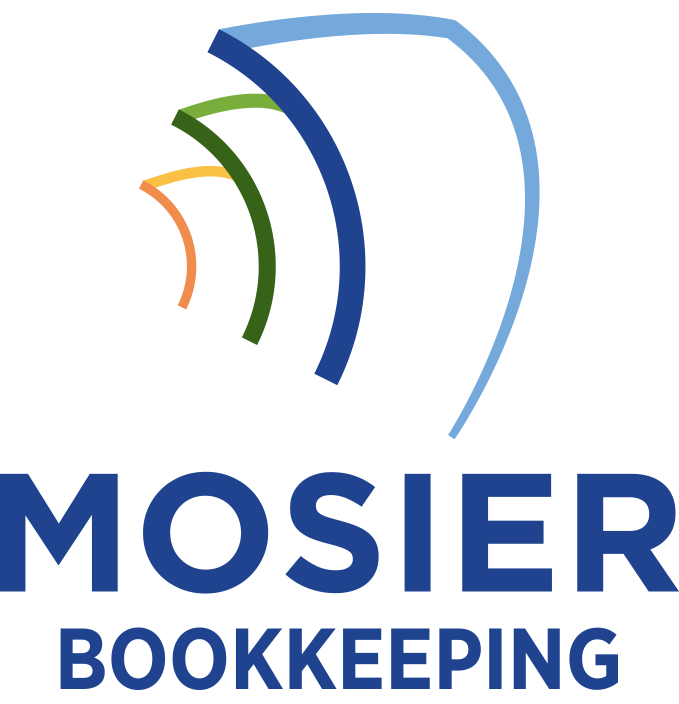To authenticate inventory compliance through bookkeeping, I’ll need you to implement a thorough digital documentation system that tracks all inventory movements, from purchase orders to disposal records. You’ll want to maintain detailed audit trails using automated data entry, establish consistent valuation methods like FIFO or LIFO, and create standardized reports that meet regulatory requirements. By integrating cloud-based storage with real-time monitoring and automated alerts, you’ll build a robust framework that safeguards your business while revealing deeper insights into your inventory ecosystem.
Essential Documentation Requirements for Inventory Compliance

Proper documentation stands at the core of inventory compliance, requiring businesses to maintain detailed records of all stock movements, valuations, and transactions. I’ve found that implementing a robust documentation system must include purchase orders, receiving reports, and stock transfer forms.
I guarantee my clients track critical data points: item descriptions, quantities, serial numbers, costs, and storage locations. I maintain digital and physical copies of invoices, customs declarations, and quality inspection certificates. This thorough approach creates an audit trail that satisfies regulatory requirements and strengthens your position during inspections.
Your documentation must precisely record disposal methods, damage reports, and reconciliation processes.
Implementing Digital Record-Keeping Systems
Three essential components drive successful digital record-keeping: automated data entry, cloud-based storage, and integrated inventory management software. I’ll show you how to leverage these tools to maintain iron-clad compliance records.
I recommend implementing barcode scanning and RFID technology to eliminate manual entry errors. Your data should sync automatically to secure cloud servers, ensuring real-time backup and multi-location access. Choose inventory software that integrates with your accounting platform – I’ve found this creates an audit trail that satisfies even the strictest regulators.
Configure automated alerts for inventory thresholds and compliance deadlines. You’ll stay ahead of requirements while maintaining complete control over your operations.
Best Practices for Inventory Valuation Methods

Valuation methods serve as the foundation for accurate inventory accounting and compliance. I recommend implementing a strategic approach using FIFO, LIFO, or weighted average methods based on your industry requirements and financial objectives.
| Method | Key Benefit | Best For |
|---|---|---|
| FIFO | Current market value | Perishable goods |
| LIFO | Tax advantages | Commodities |
| Weighted Avg | Simplified tracking | Bulk inventory |
| Specific ID | Precise tracking | Luxury items |
I’ve found that consistent application of your chosen method is essential. You’ll need to document your valuation decisions and maintain clear audit trails. I guarantee compliance by conducting monthly reconciliations and validating calculations against source documents.
Creating an Effective Audit Trail System
Maintaining extensive audit trails forms the backbone of inventory compliance tracking and guarantees accountability at every transaction level. I’ll show you how to create a robust system that’ll protect your interests and demonstrate regulatory adherence.
First, implement serialized documentation for every inventory movement. I recommend recording specific identifiers, timestamps, authorizations, and location changes. Next, establish digital checkpoints that capture modification histories and user access logs.
Finally, integrate cross-referencing between physical counts, system records, and financial statements. I’ve found this three-tier verification approach effectively shields against discrepancies while providing detailed documentation for auditors.
Monitoring and Reporting Inventory Movement
With a solid audit trail in place, real-time monitoring of inventory movement becomes your next priority. I’ll show you how to track and report your inventory flow with precision, guaranteeing you maintain control over every item in your system. You’ll need to implement specific monitoring protocols that give you instant visibility and regulatory compliance.
- Set up automated tracking systems that flag unusual movement patterns
- Configure real-time alerts for inventory levels falling below compliance thresholds
- Generate standardized reports that meet regulatory requirements
- Establish KPIs to measure inventory accuracy and movement efficiency
This systematic approach guarantees you’re always prepared for audits while maintaining operational control over your inventory ecosystem.









